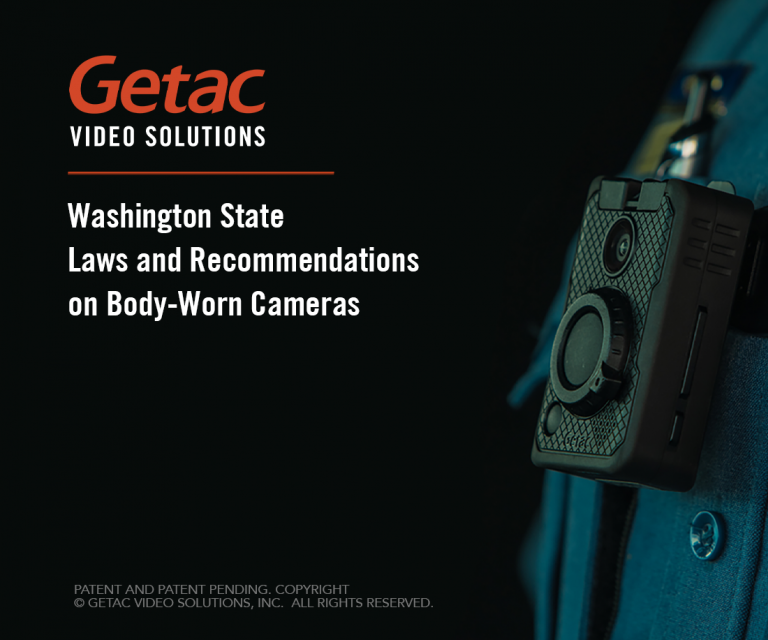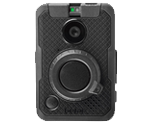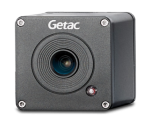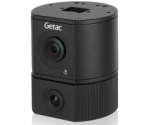
The Springfield, MA Police Department Connects and Protects 511 Officers
December 7, 2021
Technology Essentials for Commercial and Public Sector Vehicles
December 7, 2021Washington State’s Newest Body-Worn Camera Policies
On May 18th, 2021, Governor Jay Inslee signed Substitute House Bill 1223- The Uniform Electronic Recordation of Custodial Interrogations Act. This new legislation impacts every Law Enforcement Officer in Washington State. In short, HB1223 requires either audio or audio & video recording of any custodial interrogation of any minor or any interrogation related to a felony crime (Section 3). As explained in the bill, “A custodial interrogation at a jail, police or sheriff’s station, holding cell, or correctional or detention facility must be recorded by audio and video means. A custodial interrogation at any other place of detention must be recorded by audio means at minimum.” Recording at a jail or station can likely be accomplished by the systems currently in place with many, if not most, Law Enforcement Agencies in the state. Custodial interrogations at “any other place” offer a unique operational challenge, however. Since the proposal of this bill, many agencies in the state have interpreted this bill as a first step toward mandating body-worn cameras. While the requirement is only for audio recordings outside of jails, interview rooms, etc, deploying body-worn cameras to record audio and video should be considered. Section 15 states, “Each law enforcement agency that is a governmental entity of this state shall adopt and enforce policies and procedures to implement this chapter.”
This section continues on to outline the details of the required procedures, including systems to maintain chain of custody that policies should specify, “standards for the angle, focus, and field of vision of a recording device which reasonably promotes the accurate recording of a custodial interrogation at a place of detention and reliable assessment of its accuracy and completeness.” As written, it may be possible to deploy audio records to Law Enforcement Officers to use when not in areas covered under Section 3, but to meet all the administrative requirements outlined in this Chapter, the software systems built to support modern body-worn cameras solutions would make for easier and low-risk implementation. Additionally, interrogations captured on audio recorders have few exceptions to public disclosure. Body-worn cameras recordings, however, are covered by exceptions outlined in Rev.CodeWash.(ARCW)§42.56.240(covered later in this article). When adopting policies and procedures to implement this Chapter, agencies should be especially aware of the intricacies required by this new legislation. Section 4 outlines that consent is not required to conduct an electronic recording of a person being interrogated, but it does state the notice must be given. Most agencies, when deploying body-worn camera programs, introduce into the training that every citizen contact begins with the LEO stating, “My name is ___. You are being audio and video recorded right now.” This should be reflected in policies and training for all officers. Compliance with this Chapter largely overlaps with Rev. Code Wash. (ARCW)10.109.010-Use of Body Worn Cameras. By following Rev. Code Wash. (ARCW)10.109.010, most agencies will be in compliance with the majority of the requirements of HB1223. Section 6 outlines that an electronic recording need not take place, “if the individual to be interrogated indicates that the individual will not participate in the interrogation if it is recorded electronically.” At the end of Section 6, it is made clear, “A law enforcement officer, with intent to avoid the requirement of electronic recording in section 3 of this act, may not encourage an individual to request that a recording not be made.”
It should be noted, while HB1223 requires the creation of these electronic recordings, it offers no guidance on proper retention periods for these records. To determine this, an agency should assess Rev. Code Wash. (ARCW)42.56.240-Investigative, law enforcement, and crime victims, which details a minimum 60-day retention period for audio or video captured with a body-worn camera (audio-only devices are not specifically mentioned). Many agencies in the state have been hesitant to adopt body-worn cameras, not out of fear of transparency, but out of concern for citizen privacy and unpredictable staffing costs due to public disclosure laws in Washington state. To remedy this, Rev. Code Wash. (ARCW) 42.56.240 was amended with exemptions for video/audio captured by police body-worn cameras. In section 14 of Rev. Code Wash. (ARCW) 42.56.240, no less than 10 circumstances are listed that exempt body-worn camera video from public disclosure. Each of these exemptions should be assessed by an agency prior to purchasing or deploying a body-worn camera program. For instance, Section 14(b)(vi), which pertains to recordings of victims or witnesses of sexual assault or domestic violence state, “If at the time of recording the victim or witness indicates a desire for disclosure or nondisclosure of the recorded identity or communications, such desire shall govern.” Unlike Section 6 of House Bill 1223, however, Rev. Code Wash. (ARCW) 42.56.240 does not state that an officer cannot encourage an individual to request their communication be exempt from disclosure. As such, it is recommended that any BWC policy and training cover this exemption so officers can encourage witnesses/victims covered by this exception to request non-disclosure. Further Rev. Code Wash. (ARCW) 42.56.240 states-“(d) A request for body-worn camera recordings must:
(i) Specifically identify a name of a person or persons involved in the incident;
(ii) Provide the incident or case number;
(iii) Provide the date, time, and location of the incident or incidents; or
(iv) Identify a law enforcement or corrections officer involved in the incident or incidents.”
These requirements alone greatly reduce the types of PDRs that are valid. In Section e, more requirements are outlined. Section e(i) describes those entitled to copies of recordings, regardless of the above-mentioned exemptions. If somebody is a subject of the video, for instance, they are entitled access to a copy. If a recording is covered by Section e(i), the requester cannot be charged for the cost of redacting and releasing the video under Section (e)(2). In Section (e)(3), agencies are given the ability to require a requestor to identify themselves as part of their PDR for the body-worn camera video. Together, these requirements essentially eliminate mass requests, anonymous requests, or non-specific requests (such as, “Every DUI stop from the last 30 days”). The final protection granted to agencies under Washington Codemakesbody worn camera programs an option for Washingtonagencies inSection (f)(i). Under this section, “A law enforcement or corrections agency responding to a request to disclose body-worn camera recordings may require any requester not listed in (e) of this subsection to pay the reasonable costs of redacting, altering, distorting, pixelating, suppressing, or otherwise obscuring any portion of the body-worn camera recording prior to disclosure only to the extent necessary to comply with the exemptions in this chapter or any applicable law.” As many know, video redaction can be a time-consuming process. While it is up to each agency to determine what is a “reasonable cost of redacting,” many agencies in the state consider the hours it takes a trained employee and the rate at which that employee is paid when determining their BWC video disclosure costs.
While legislation is not currently requiring body-worn cameras in Washington state, it is likely that they will be required at some point. HB1223 has essentially made it very inconvenient and somewhat risky for Washington agencies to not have body cameras. On the federal stage, there is active legislation that will make body-worn cameras mandatory for federal officers(see George Floyd Justice in Policing Act of 2021). Additionally, many states are passing legislation that requires Body-Worn Cameras for all peace offices, including statutorily requiring retention periods. Furthermore, additional states like Nevada have required body-worn cameras for years. The legislation that has passed in Washington state creates reasonable conditions for agencies of any size to plan, adopt, and deploy a body-worn camera solution.
Disclosure-All conclusions and opinions given here are made by Jay Newbern. Jay is the Video Solutions Manager for Getac Video Solutions, a vendor of body-worn cameras, in-car cameras, and interview room systems. Recommendations made here are not legal advice and should ultimately be reviewed by agency command staff and legal counsel.
RCW 42.56.240-Investigative, law enforcement, and crime victims:
https://app.leg.wa.gov/RCW/default.aspx?cite=42.56.240
RCW 10.109.010-Use of Body Worn Camerashttps:
//app.leg.wa.gov/RCW/default.aspx?cite=10.109&full=true
HB1223-Custodial Interrogations:
https://app.leg.wa.gov/billsummary?Year=2021&BillNumber=1223





